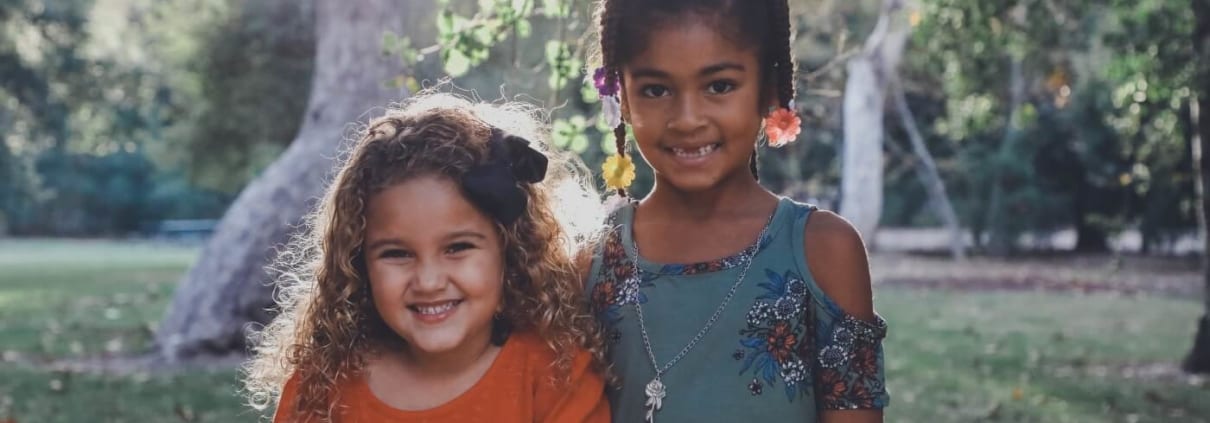No matter what your experience or lack of experience has been when it comes to race, there is no denying that your personal experience impacts what you believe and how you behave. As adults, it also affects what and how you teach your children about race. Additionally, it informs how you respond to others who may not look or act like your children do.
Lots of people are speaking out about injustice, specifically toward black people. If you haven‘t already, now is a really good time to develop a plan of action for intentionally teaching your children that every black person has value and dignity. In a perfect world, we would know that all are created equal. At this moment in time however, there is a major focus on how black people are treated.
A great place to start is with yourself.
Even if you never actually say what you think, how you think about black people will be the basis for how you teach your children to think about and treat them. They are taking in your conversations and watching your every move—even when you think they aren’t paying any attention. If you are comfortable around black people, they will most likely be comfortable. If you are uncomfortable, they will follow suit.
Ideally, teaching your kids about race starts when they are young, although it is never too late. Here are 8 things you can do to teach your children about race.
- Be intentional about creating opportunities for your children to be around and befriend children who are different from them. For example, one mother was looking for a preschool for her son, and she realized that her son would be the only black child there. At her second choice, no white children were present. In her mind, neither of these preschools were viable options because there was no diversity. She wanted her son to see at an early age that not all people are alike and that even though they look different, they can still be friends.
- Teach your child about character and respect. Make sure they understand how to behave respectfully toward those who are respectful and how to respond kindly to those who are not.
- Model what it looks like to be treated with respect and hold them accountable for treating others in that manner to reinforce what you are trying to teach.
- Make it a point to be friends with families of different ethnicities. At the heart of understanding others is being in relationship with them. Engaging in someone’s world that is different than yours can help your child understand what it is like to walk in another person’s shoes. Having empathy for others is powerful.
- Don’t tolerate prejudice. When you see it, say and do something to address it. Teach your children how to productively use their voice when they see injustice.
- Be an askable parent. So often, we don’t talk about racial issues because we are afraid or it’s uncomfortable. Silence and assumptions are not helpful in the effort to end racism.
- Watch movies like “Remember the Titans” or read books that open the door for discussion about racism.
- Instead of trying to convince your child that we are all alike, celebrate how we are different, and how those differences contribute unique things to our world. A young white boy asked his black friend about getting a perm to make his hair curly. The black boy told him he didn’t get a perm, that his hair was that way when he was born. While their moms got a good laugh, it was also a teachable moment.
To end racism, we must have a continuous conversation and a commitment to be part of the solution. In doing so, we have the potential to leave a legacy that future generations can appreciate.









Thoughts? Leave a Comment